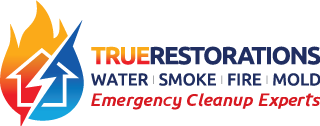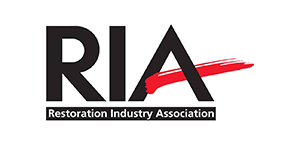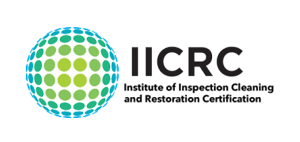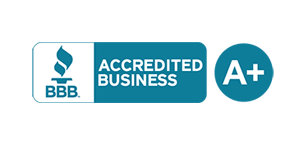Rent Equipment By the Day
Welcome to the True Restorations Water Damage Equipment Rental Page. On this page you can learn about how to tackle a DIY (Do it Yourself) water damage cleanup along with what equipment we have available for you to rent. The drying equipment is the same equipment that we use every day on projects like yours. We have pictures and specifications noting the equipment capabilities as well as pictures of our actual jobsites showing the equipment set up and in use.
We will provide you with some basic information so you can get an understanding of the cleanup process, how to assess equipment needs and how to effectively work your way through a complete project of demolition & dry down.
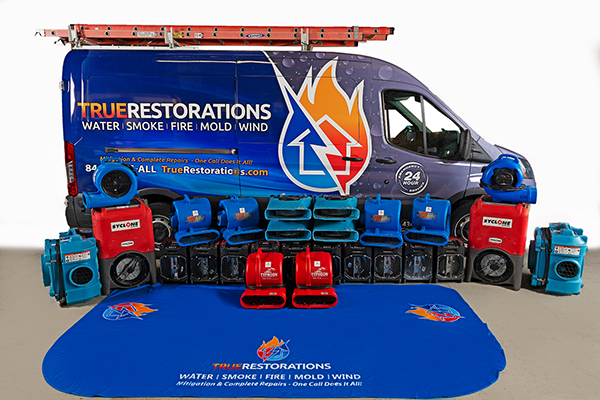
DIY: The Water Damage Restoration Process
a. Be sure to check all 6 sides of a known leak area for water travel paths (Above, below and all 4 sides, including adjacent rooms. This is best done with specific devices such as a hygrometer to detect elevated moisture in the air, moisture meters to determine moisture penetration in sheetrock, flooring, moldings, or a thermal imaging camera to get a visual representation of just how big of an area has been penetrated in walls, floors & ceilings.
b. Moisture detection can be particularly tricky if you are unfamiliar with how a structure is built, consider calling True Restorations for a FREE moisture evaluation. (*Get FREE temporary usage of a Non-Invasive moisture meter, conditional upon rental of a (1) dehumidifier & (3) air movers (minimum)
a. Once you’ve identified where the water & moisture is located, next step is to figure out what areas will need to be demolished & what areas can be salvaged. Some industry standard considerations: Sewer water (water from a sewer back up or break in a waste line or any water from the exterior) is considered category 3 water and anything porous that this water touches or gets absorbed into will get demolished. Including, carpeting, wood flooring, moldings door jambs, doors, sheetrock, insulation. Clean water (category 1 such as domestic pipe drinking water leaks) and some grey water (category 2 A/C or boiler discharge water) can have building finishes dried in place (no demolition needed)
b. Carpets may need to be removed depending on the category of water. Carpet padding should be removed as you won’t be able to suck the water out of it. If the carpet is to be salvaged, air can be blown under the carpet with snail air movers with carpet holders.
c. If moisture is detected in wood flooring, there is an opportunity to salvage the flooring if a floor mat drying system is deployed immediately.
d. Some Floor, ceiling, and wall cavities that have water & moisture penetration can possibly be salvaged and not demolished if certain conditions are met, such as: no insulation is present in these cavities, the water category is #1 or #2 and specialty type drying equipment is utilized. ***This can help save a lot of money in replacement costs (re-sheetrocking, spackling & painting).
e. The main theme of an effective drying plan is to demolish unsalvageable interior finishings to expose wet framing behind these finishings. Once exposed, these framing members can be effectively dried down by blowing air across the surface sucking the moisture out of the wood and into the air. Large capacity dehumidifiers than suck the moisture out the air and condense it back to water that then gets pumped out of the area.
a. Definitely 1 or more dehumidifiers with at least one per level. Definitely some air movers, the amount of these units depends on size & layout of the room or rooms affected.
b. An air scrubber should be used for category 2 & 3 water leaks to filter out dangerous contaminants n these types of water that will become airborne during the drying process. Best practice is to use one air scrubber in the drying chamber and a 2nd air scrubber in the unaffected area of the home.
c. Specialized equipment should be highly considered for use as the cost savings for drying some finishings in place might be significant. Equipment like a floor mat drying system can potentially salvage a wet wood floor section from being demolished & replaced. You would save on demolition labor, carting of debris, new flooring, labor to install the flooring, labor & materials to stain & polyurethane the flooring and most likely labor & potential storage costs to clear out all the furniture from the area to do the work.
d. Apps are available in the “APP Store” for your smart phone to help you calculate equipment needs. Sycorp is a App used by water damage restorers.
Check out our equipment rental prices, here: https://truerestorations.com/rental-equipment/
a. Once the wet framing members in your ceilings and / or walls & floors are opened you can get new moisture readings. The goal is to dry down the framing to the “dry standard” that you obtained during your initial assessment, likely 0% moisture on the moisture readings.
b. Air movers get setup around the room to create a spinning vortex of air. The more air you can direct to flow over the wet framing, the more effective the drying will be.
c. The dehumidifier(s) should be set up centrally in the room, location is not that important.
d. Equipment should run continuously during the dry-down process with daily moisture reading checks to confirm you are getting positive results. Air mover adjustments & relocations within the room are encouraged to get more air directed at stubborn wet areas.
e. Most dry-downs take 3 or more days of continuous equipment usage, assuming you use adequate amounts and provide proper placement
First off, standing water and water soaked into carpets & padding is easily removed and should be done IMMEDIATELY. If the volume of water is more than you can handle with a shop vac, consider calling in True Restorations to extract this water for you. The longer this water remains the further the moisture will soak up into anything it comes in contact with including furniture, flooring, subflooring, framing, sheetrock, base molding, door jambs & doors. Additionally, the standing water is vaporizing into the air increasing the relative humidity levels which will cause damage to everything within the space.
How to use your moisture meter rental.
We can provide you with a moisture meter which will enable you to detect areas that need to be dried out. Please review our moisture meter video on our YouTube page accessed from our website (insert webpage YouTube link). FREE Non-Invasive moisture meter provided conditional upon rental of a (1) dehumidifier & (3) air movers (minimum)
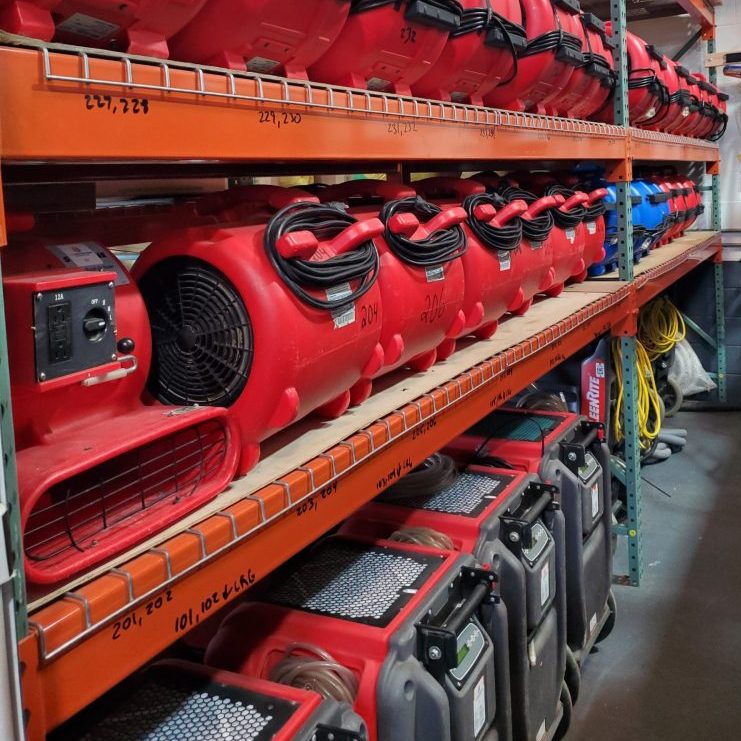
Some of this information may be confusing and you may feel overwhelmed. Realize that we are a phone call away and can provide a site visit to walk you through your assessment process or even just a phone support session to help you in your assessment process.
Hopefully this information was enough to give you the confidence to rent some water damage drying equipment on your DIY water damage restoration. If you need any assistance we’re a call away.
-The True Restorations Team
